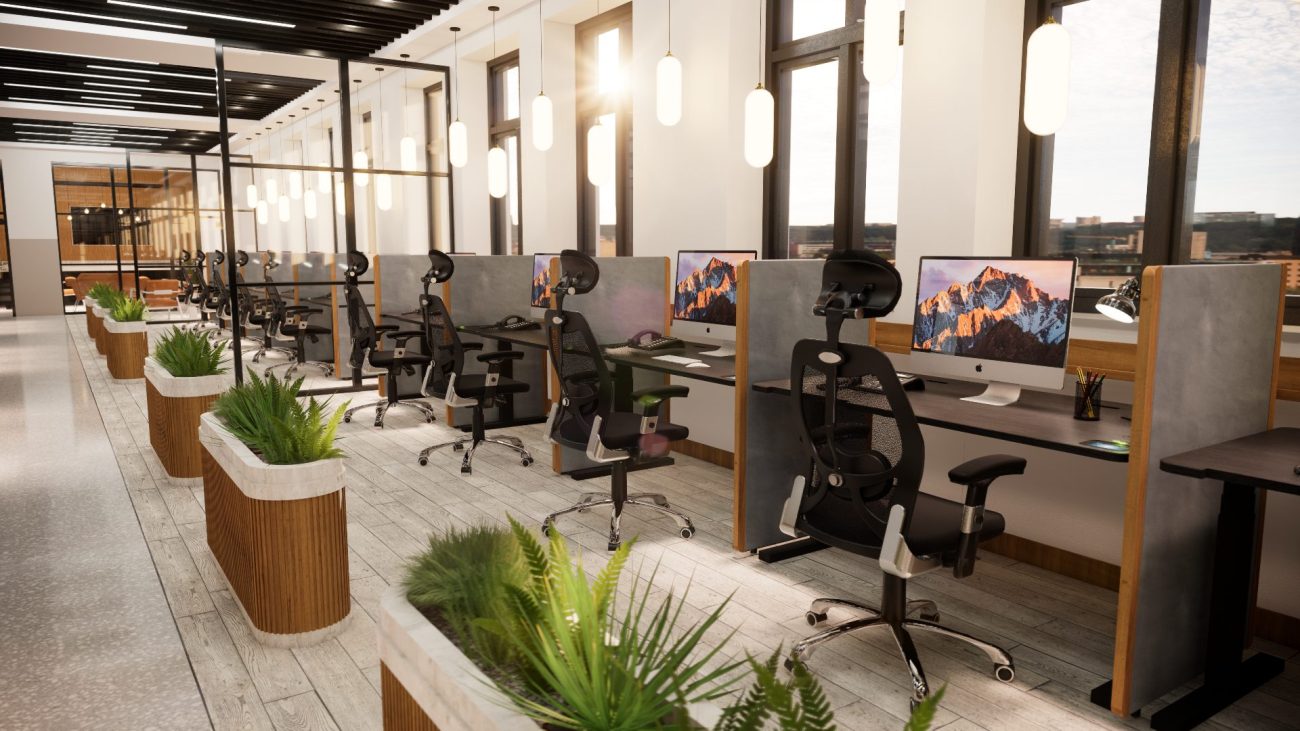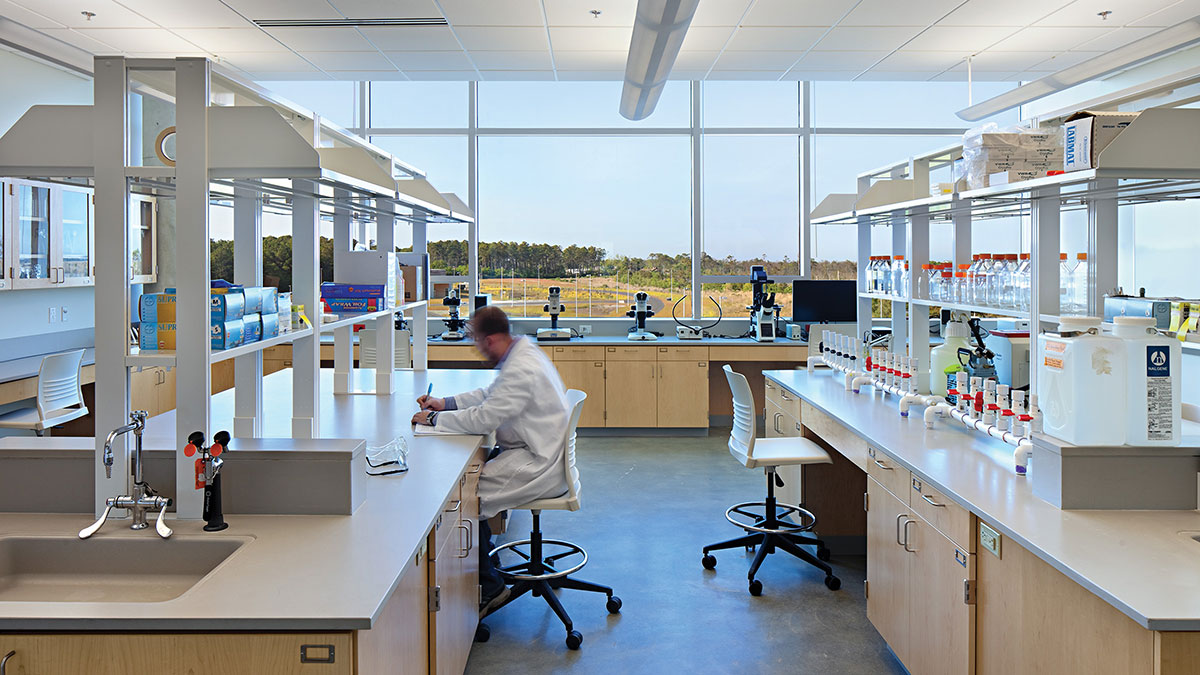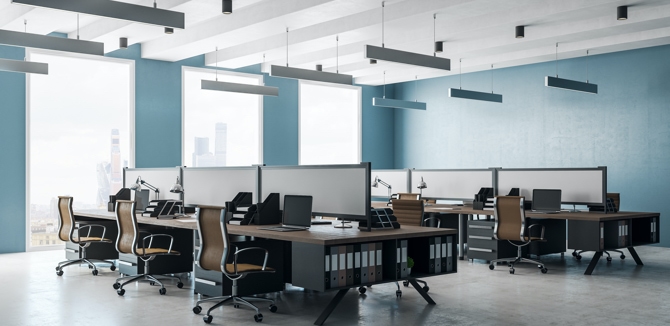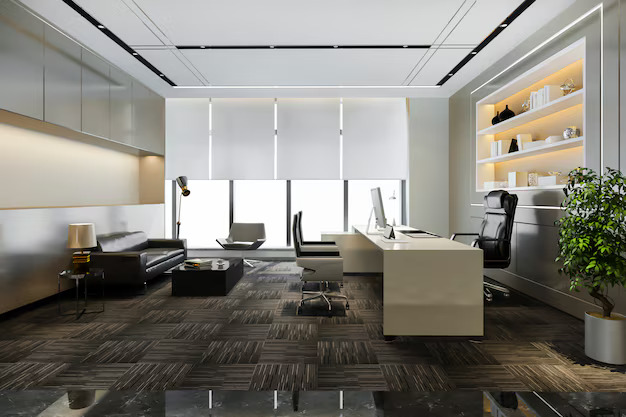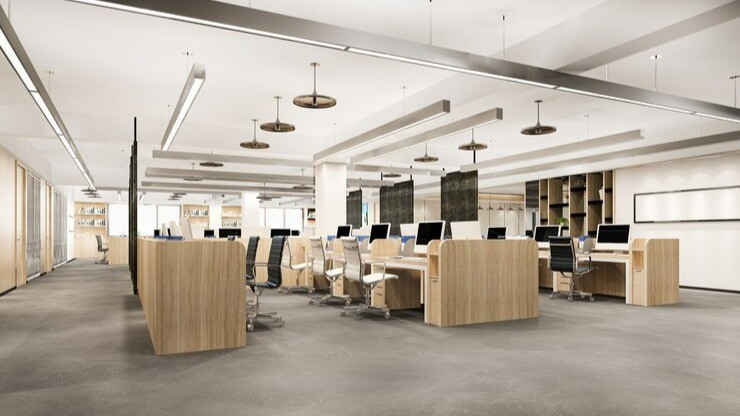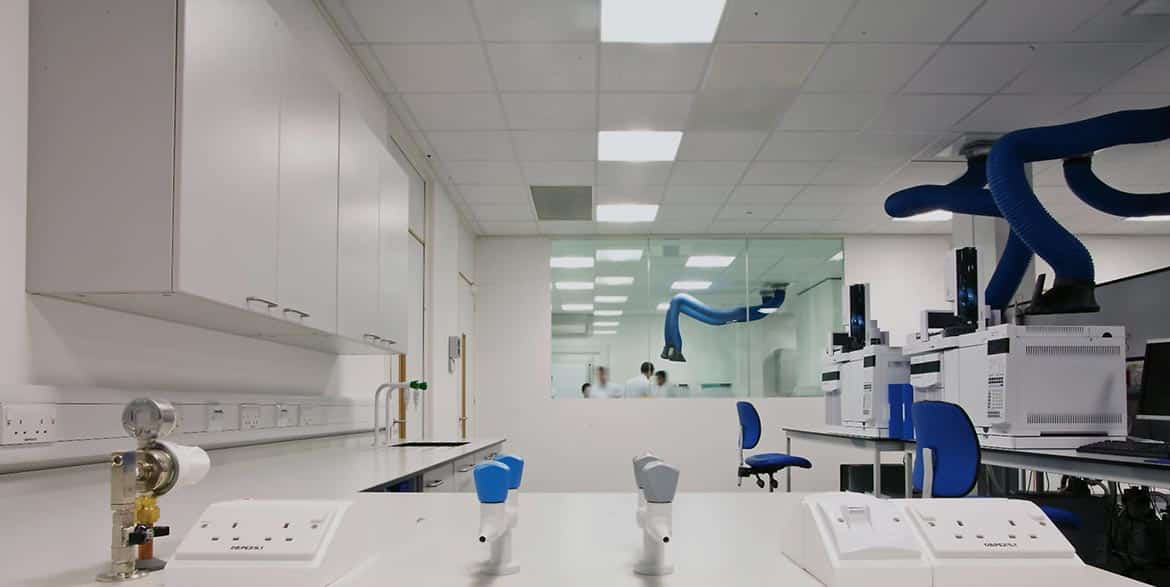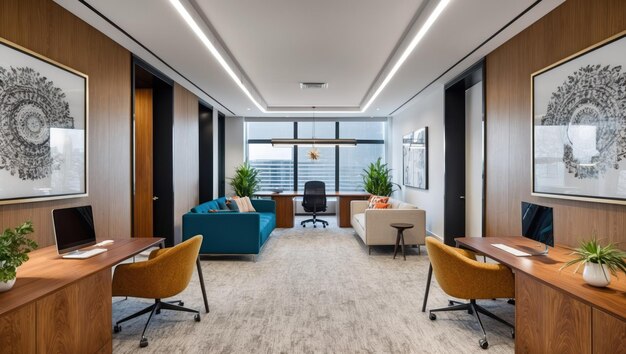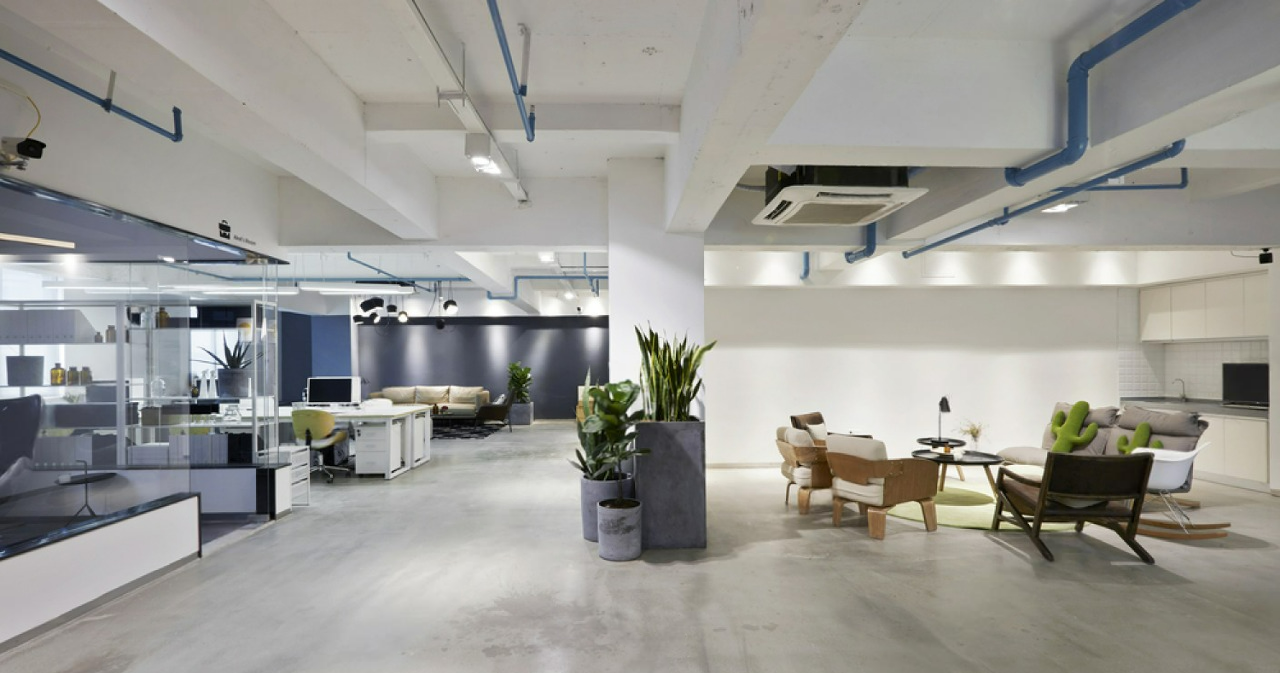office furniture Design that fosters effective teamwork requires a balance of functionality, flexibility, and comfort. Here are several ideas to enhance collaboration in a work environment:
1. Modular Furniture for Flexibility
- Modular desks and tables: Use furniture that can be rearranged easily. This allows for quick transitions between solo work, small group discussions, or large team meetings.
- Movable partitions: Create spaces that can be easily divided for smaller, focused discussions or opened up for larger collaboration.
2. Collaborative Zones
- Open workstations: Encourage interaction with open-plan desk setups. These should be designed with minimal barriers but offer enough personal space.
- Breakout areas: Include soft seating like couches and chairs arranged in circles or clusters for impromptu meetings or brainstorming sessions.
3. Interactive Furniture
- Standing desks and height-adjustable tables: Provide different options for standing or sitting, helping teams stay energized during brainstorming sessions.
- Whiteboard tables and walls: Incorporate writable surfaces on desks, tables, or walls to encourage idea sharing and quick sketching of concepts during discussions.
4. Comfortable Seating
- Ergonomic chairs: Ensure every team member is comfortable during long meetings or collaborative sessions. Ergonomics plays a key role in maintaining focus and comfort.
- Collaborative seating arrangements: Group seating that is comfortable yet functional, such as curved benches or swivel chairs, encourages interaction.
5. Tech-Enabled Furniture
- Tech-integrated tables: Tables with built-in power outlets, USB ports, and wireless charging stations allow teams to work without worrying about finding outlets for their devices.
- Media-sharing hubs: Create media-friendly spaces with integrated screens and wireless sharing technologies, making it easy for team members to project ideas and collaborate on visuals.
6. Acoustic Solutions
- Soundproof booths or pods: Use acoustic pods for private conversations or focus work, ensuring that open areas remain collaborative but not noisy.
- Acoustic panels on furniture: Add sound-dampening materials to furniture like screens between desks or padded chairs to reduce background noise in open spaces.
7. Biophilic and Relaxation Spaces
- Natural elements: Incorporate wood, plants, and natural lighting into furniture and design to create a calming atmosphere, which improves team creativity and reduces stress.
- Lounge spaces: Provide comfortable, informal seating areas where employees can relax and recharge, facilitating spontaneous, relaxed conversations that often lead to innovative ideas.
8. Personalization Options
- Adjustable furniture: Desks and chairs that can be customized to the user’s preferences ensure everyone can find their comfort zone. Customizable spaces give team members a sense of ownership and encourage collaboration.
By blending functionality, comfort, and flexibility, these design ideas can help foster an environment where effective teamwork thrives.

